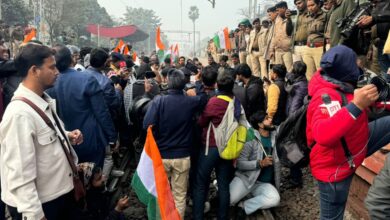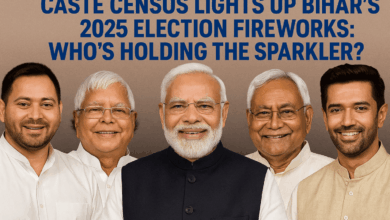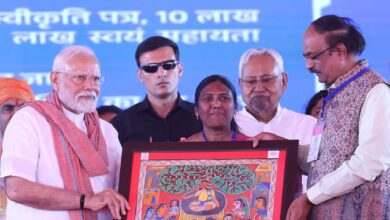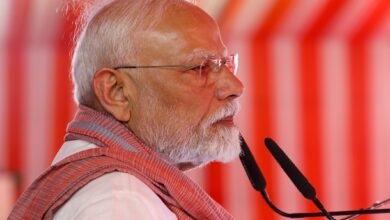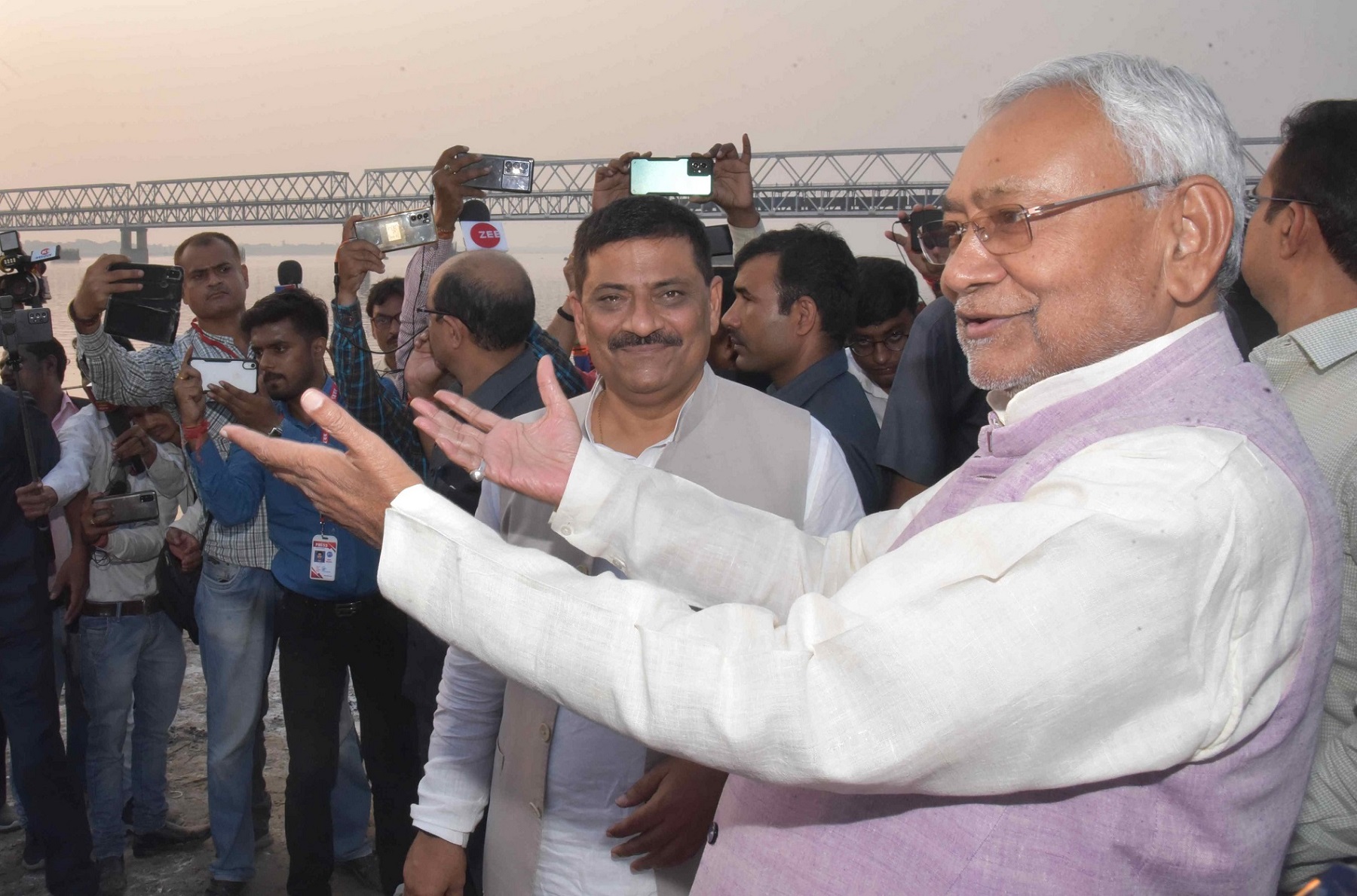
By Neerja Chowdhury
Nitish Kumar has bowled a googly with the Bihar caste survey, bringing him back to the centrestage of Opposition politics. The JD(U) supremo was the natural choice for convenor of the INDIA alliance and, in fact, at its Mumbai session, an aide of Congress president Mallikarjun Kharge revealed privately that the Congress would have no objection to this. But, clearly, the idea ran into rough weather, and there is no INDIA convenor still.
There is a growing sentiment within the JD(U) now that Nitish run for the Lok Sabha elections from Uttar Pradesh. A seat like the Kurmi-dominated Phulpur — a prominent constituency once represented by Jawarharlal Nehru — would consolidate his standing within the OBC community as well as its sister groups. They include the Kurmis in both Bihar and Chhattisgarh, the Patels in UP (an Apna Dal vote bank), the Kunbi Marathas in Maharashtra (who are angry with the BJP) and the Gujjars, spread across states.
His party colleagues claim Nitish standing from UP could influence around 50 seats, across the state, Bihar, Maharashtra and Chhattisgarh.
Nitish’s caste survey gambit, which has revealed that OBCs constitute 63% of the state’s population, with a whopping 36% being EBCs, is also expected to win him EBC support. When he was still an ally of the BJP, the JD(U) chief had fashioned a social alliance comprising the upper castes, Kurmis, EBCs, Mahadalits and Pasmanda Muslims, which had yielded a rich electoral harvest for him and the BJP.
Privately, BJP leaders in Bihar admit that if the OBCs – and the EBCs, in particular – start to assert themselves, as per their numbers as shown in the caste report, they may have trouble winning many seats.
The survey has also provided the INDIA alliance a narrative to counter Prime Minister Narendra Modi’s religio-nationalistic mobilisation. RSS chief Mohan Bhagwat’s remarks suggesting that reservations be ended had in 2015 catapulted the alliance of Nitish and the Lalu Prasad-led to power in 2015. Today, a wiser Bhagwat talks about continuing reservations for 200 years if necessary.
How the caste survey plays out now and whether there is an impact beyond Bihar will depend on how the BJP moves now, and no one underestimates the party’s ability to act in a calibrated fashion. For the moment, Modi has taken on the caste census demand by the Opposition, countering that for the BJP, the “poor” are the biggest caste above all, who need to be helped. He has also turned Rahul Gandhi’s “Jitni aabadi, utna haq” argument on its head to say that this would end up hurting the minorities.
The PM’s stance is a careful one, mindful of the BJP’s upper caste, middle-class, urban constituency, especially among the youth. These groups never forgot V P Singh for implementing the Mandal Commission’s recommendations and reserving 27% of jobs for OBCs.
The decision in 1990 had changed the politics of North India, throwing up OBC leadership in states, including Lalu and Nitish, Mulayam Singh Yadav, Kalyan Singh, Shivraj Singh Chouhan, Uma Bharti, Ashok Gehlot and many others who continue to command authority in their areas.
However, Modi has used the caste card effectively too. In 2014, his first campaign for PM, Modi did not use his caste – Ghanchis, who are OBCs in Gujarat – overtly, focusing on development and the Hindu vote. But then came the use of the word “neech” by Congress leader Mani Shankar Aiyer against him, and Modi was in roaring form as an “OBC leader”.
That line has only sharpened since, with the BJP repeatedly using the fact that Modi is an OBC to bolster its caste credentials. Recently, BJP president J P Nadda said that the Congress had never had an OBC PM.
But it would be a mistake to compare now with 1990. Then, V P Singh’s move had seen the battlelines drawn between “Mandal” and “Kamandal (BJP’s temple politics)”. Today, the BJP under Modi subsumes both Kamandal and Mandal, with the planks of nationalism, welfarism, political stability and a strong leader at the top as a plus, plus.
Many of the OBC groups who support Modi are believed to be EBCs. Some Bihar BJP leaders argue that Modi himself is an EBC, unlike India’s other OBC PM, H D Deve Gowda.
The Opposition will also have its wary eyes on the Rohini Commission report on sub-categorisation of OBCs, which has been kept under wraps by the Modi government. The commission was meant to examine how to give equitable representation in job quotas to the lower castes among the OBCs. Could the report’s findings sway the EBCs to the Modi government’s side? And how will the BJP balance that with its core constituency of the upper castes?
Where the Bihar caste survey will have an impact across the board is ensuring that all parties give more tickets to OBCs and EBCs. The JD(U) hopes that ally Congress has got the message. Says a JD(U) leader: “Everything will now depend on the samajhdari (wisdom) and unity the Congress leadership displays.”
(Source: The Indian Express | About author: Neerja Chowdhury, Contributing Editor, The Indian Express, has covered the last 10 Lok Sabha elections. She is the author of the recently published How Prime Ministers Decide)

